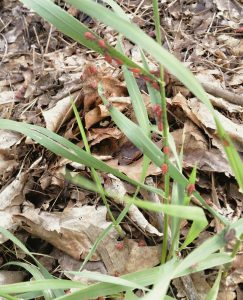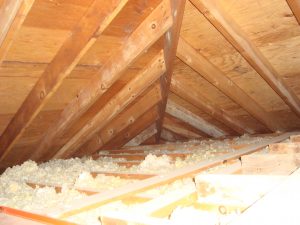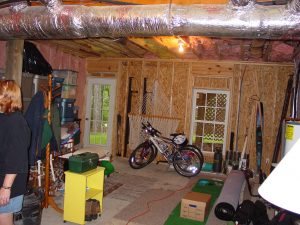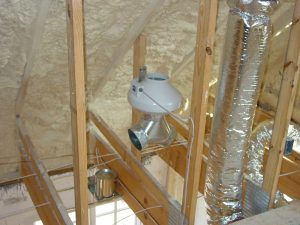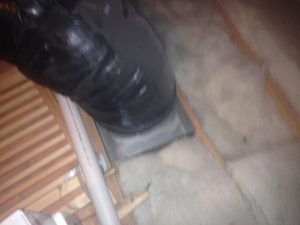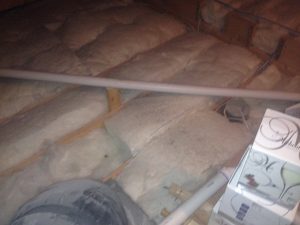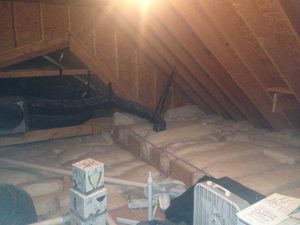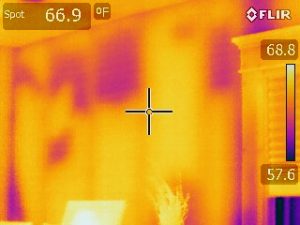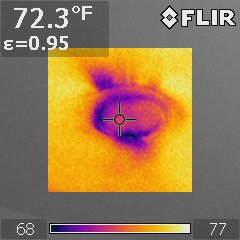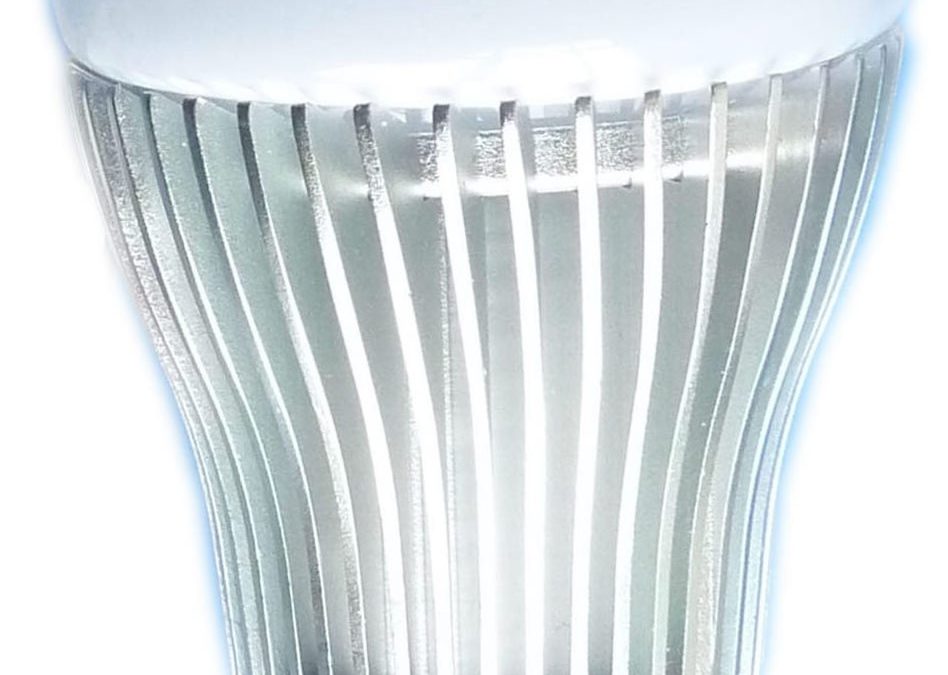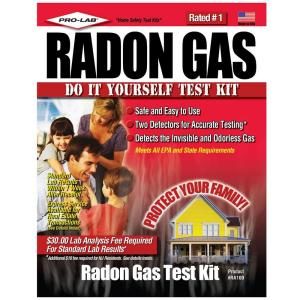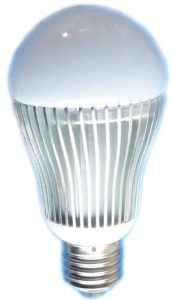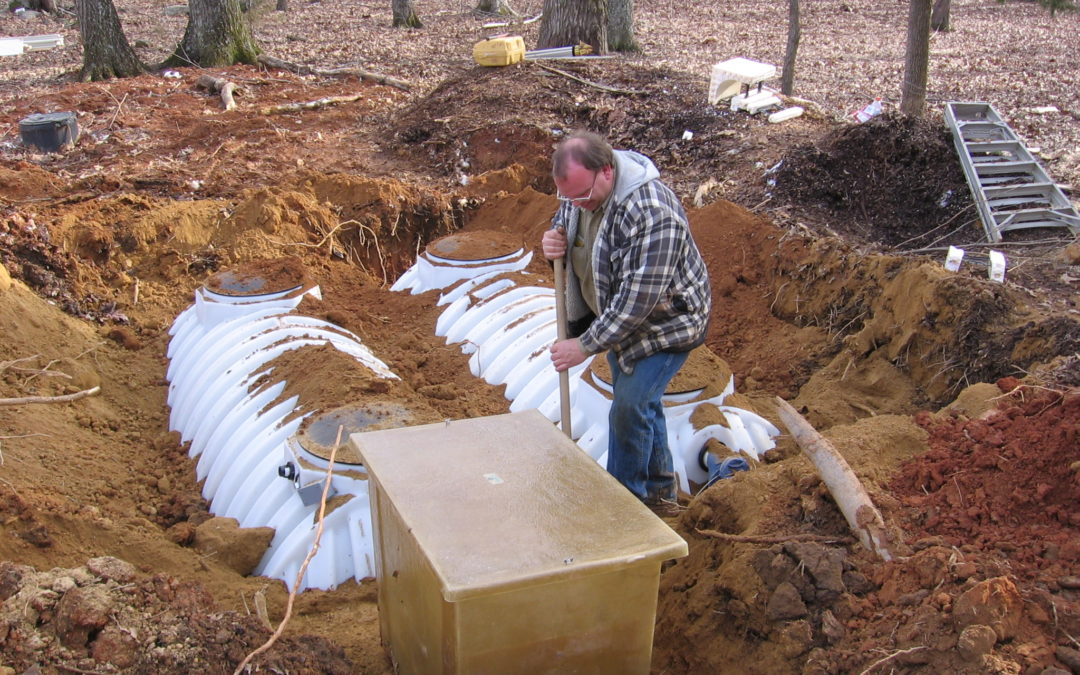
by Charles Hendricks | Mar 13, 2015 | architecture, Building Science
Spring is a great time to do an assessment of your home. This will provide you with a priority list of things to get done before next winter to help create the most healthy, energy-efficient, and durable home possible.
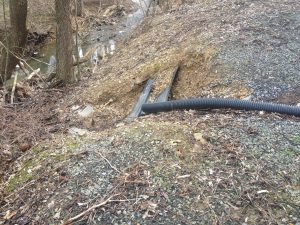
1. Water Management
- Check your roofing for damage – repair or replace as needed
- Check your gutter for proper slope and drainage
- verify your rain tanks or splash blocks are still in place and functional
- Check that your windows are in good shape
- Verify that the ground is sloped away from the foundation of your home
- Look for evidence of roof leaks inside your home and attic
- Look for evidence of water on basement walls
- Check all plumbing fixtures for leaks and drips

2. Landscaping
- Prune any dead branches on trees and bushes
- Plan your garden – add fertilizer and straw to keep out weeds and to grow strong plants
- sharpen your blades on your mower
3. Durability
- Document any new (or old unattended) cracks in your walls
- Document pealing paint that needs your attention
- Check to make sure the shutters are in good shape and fastened tightly to you home

4. Energy Efficiency

5. Indoor Air Quality
It is not a full list, but simply a list of things that I hope will help you before the hot weather gets here or the cold weather returns.

by Charles Hendricks | Jan 30, 2015 | architecture, Building Science
This time of year we always add a blanket to our bed to stay warm at night. It is cold! In order to have a more comfortable home and improve your energy-efficiency, you should add a blanket to your home as well. The code minimum insulation allowed in new construction is R-49. As you can see in the next picture, the bottom of the truss is exposed (3 1/2″ of insulation) minimum installed in this home. This is fairly typical. It means this home has R-19 max, but probably R-13 insulation. Certainly another blanket would help with comfort issues in this house.

In the below picture you can see additional insulation has been added in some places. Perhaps they are adding as they have time and money – not sure. The duct work that is located above the insulation could also hurt comfort and energy-efficiency. This duct work is sending conditioned air through a duct is in an unconditioned space. There is a minimum amount of insulation around the ducts. These two combined issues could lead to moisture in the duct, perhaps contributing to mold in addition to the comfort and energy issues a typical home experiences. Further there is an attic fan in the eave. Using an attic fan sucks air out of the attic pushing it outside. This is done in the summer to cool the attic, but where does the make-up air come from to replace what is being sucked out? Usually through the gaps and cracks in the home’s thermal envelope further hurting comfort and energy-efficiency. It sucks conditioned air out of your home and sends it outside, only cooling the attic a few degrees on a good day.


A properly insulated attic has all the ducts inside the thermal envelope. It also stops air movement from conditioned spaces to unconditioned spaces. R-49 is the minimum level of insulation. As you can see in the below picture the insulation has been moved to the underside of the roof sheathing and the ducts are inside the thermal envelope. This is the best possible solution.


by Charles Hendricks | Dec 8, 2014 | architecture, Building Science, green term defined
Air Infiltration – The uncontrolled inward air leakage through cracks and holes in the building envelope and around windows and doors of a building. Its typically caused by the pressure effects of wind and/or the effect of differences in the indoor and outdoor air density. This can be a garage door opening or even a light breeze against a garage door, a forced air heating and cooling system, or unbalanced pressures room to room in a home.

This time of year, comfort issues in your home are highlighted while we all try to stay warm. A breeze running down a wall, under a door, or from an attic access makes it really hard to be comfortable. This comfort issue is a big signal that you have energy-efficiency issues in your home. Finding the leaks and plugging the leaks will not only make your home more comfortable, it will reduce your monthly electric bills. The best way to find the leaks is doing a blower door test and using thermal imaging technology. However, a smoke stick or even a candle can identify the big leaks.

by Charles Hendricks | Sep 8, 2014 | architecture, Building Science, green term defined
The average American spends a large amount of their time indoors in our current society (according to an EPA survey, 90% of our time is inside). This makes the Indoor Environmental Quality of your built environment critical. This is the air that you breathe, the type of light, the sounds, and the comfort you feel.
Indoor air quality is impacted by carbon monoxide, radon, VOC’s, particulates, mold, bacteria, and smoke. I just had a meeting in my office this week where those visiting came in just as the lawyer upstairs went out with his pipe lit and no respect for others. If your HVAC system is not designed to provide ventilation all the products and their associated chemicals you bring into your space off-gas and have nowhere to go. In turn your lungs become the filter for these chemicals.

The type of lighting you use for a space is critical for your comfort. It does not matter is you use LED or incandescent, using it in the correct way is more important for comfort. Of course, bringing in natural daylight into a space has been shown in many studies to be the best for your health. This may not apply depending on the task you are performing – ever try to see a computer screen that faces a window? Of course you can create appropriate lighting in spaces through design.

In our office it seems that headphones are the way to go, but I remember back when I started we simply played a radio in the background. The level and type of noise in a space can have a huge impact on your environmental quality. Living near a heavily used road, airport, or nightclub impacts how your able to rest and recharge. I know I rarely go to the restaurant across the street from my office because the music is always so loud – yes I realize that this makes me old. You can control the noise in a space through design.

by Charles Hendricks | Apr 23, 2014 | architecture, Building Science, green term defined
Rainwater harvesting is the collection of water for reuse before it reaches the aquifer.
Uses include landscape irrigation, car washing, flushing toilets, drinking water, and/or washing clothes. Rainwater provides protection against short-term droughts for keeping your garden alive. It can also reduce the impact of runoff in neighborhood streams and ponds. A rainwater collection system can also be used in the event that public water supply becomes unusable or polluted.

Rain water harvesting systems are easy to set up. You need a collection system like a gutter and roof and a storage system like a barrel or cistern. Adding a filter can prolong the life of your storage system and reduce the first flush pollutants from getting into the system.

In some areas in the mid-west, it is illegal to collect rain water. Charlottesville now has a Storm water Fee based on your impervious surface on your property. This fee may be reduced by having a rainwater harvesting system on your property.


